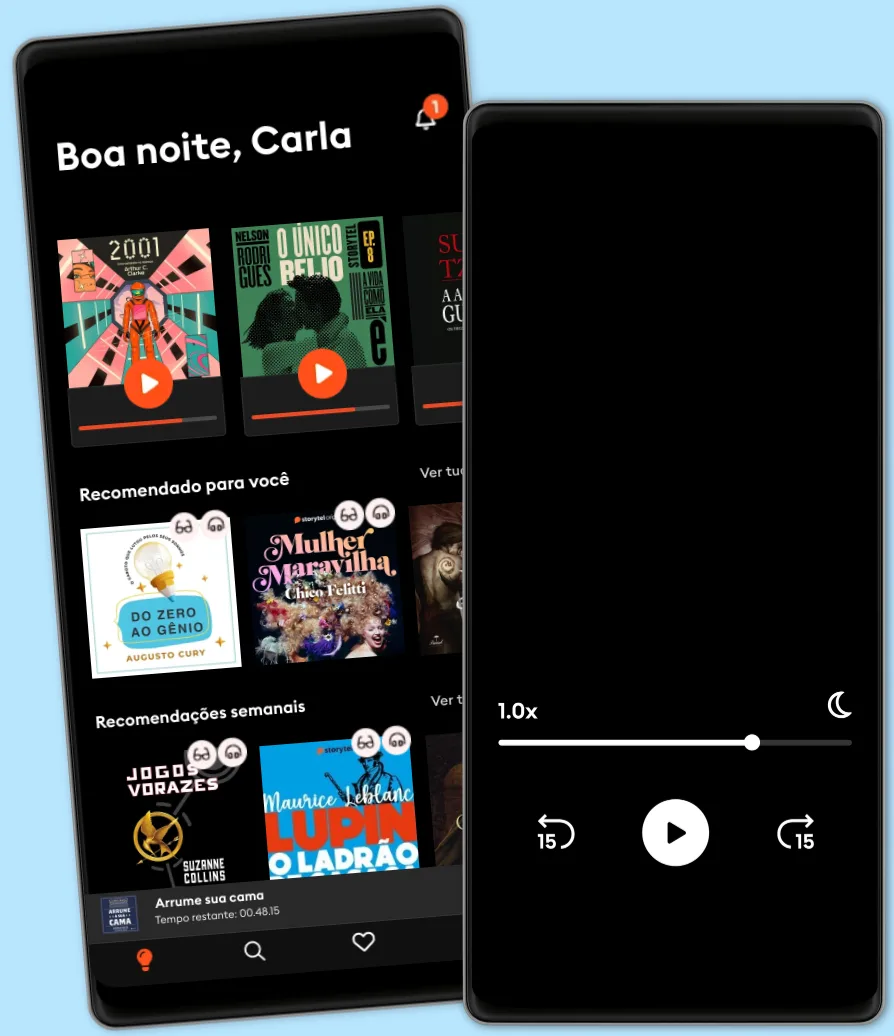Ouça e leia
Entre em um mundo infinito de histórias
- Ler e ouvir tanto quanto você quiser
- Com mais de 500.000 títulos
- Títulos exclusivos + Storytel Originals
- 7 dias de teste gratuito, depois R$19,90/mês
- Fácil de cancelar a qualquer momento

After the End of Art: Contemporary Art and the Pale of History - Updated Edition
- Por
- Editor
The classic and provocative account of how art changed irrevocably with pop art and why traditional aesthetics can’t make sense of contemporary art
A classic of art criticism and philosophy, After the End of Art continues to generate heated debate for its radical and famous assertion that art ended in the 1960s. Arthur Danto, a philosopher who was also one of the leading art critics of his time, argues that traditional notions of aesthetics no longer apply to contemporary art and that we need a philosophy of art criticism that can deal with perhaps the most perplexing feature of current art: that everything is possible.
An insightful and entertaining exploration of art’s most important aesthetic and philosophical issues conducted by an acute observer of contemporary art, After the End of Art argues that, with the eclipse of abstract expressionism, art deviated irrevocably from the narrative course that Vasari helped define for it in the Renaissance. Moreover, Danto makes the case for a new type of criticism that can help us understand art in a posthistorical age where, for example, an artist can produce a work in the style of Rembrandt to create a visual pun, and where traditional theories cannot explain the difference between Andy Warhol’s Brillo Box and the product found in the grocery store.
After the End of Art addresses art history, pop art, “people’s art,” the future role of museums, and the critical contributions of Clement Greenberg, whose aesthetics-based criticism helped a previous generation make sense of modernism. Tracing art history from a mimetic tradition (the idea that art was a progressively more adequate representation of reality) through the modern era of manifestos (when art was defined by the artist’s philosophy), Danto shows that it wasn’t until the invention of pop art that the historical understanding of the means and ends of art was nullified. Even modernist art, which tried to break with the past by questioning the ways in which art was produced, hinged on a narrative.
© 2021 Princeton University Press (Ebook): 9780691209302
Data de lançamento
Ebook: 8 de junho de 2021
Outros também usufruíram...
- Pratique o poder do "Eu posso" Bruno Gimenes
4.5
- 18 Maneiras De Ser Uma Pessoa Mais Interessante Tom Hope
4
- O sonho de um homem ridículo Fiódor Dostoiévski
4.7
- Gerencie suas emoções Augusto Cury
4.5
- 10 Maneiras de manter o foco James Fries
3.8
- Harry Potter e a Pedra Filosofal J.K. Rowling
4.9
- Os "nãos" que você não disse Patrícia Cândido
4.2
- A gente mira no amor e acerta na solidão Ana Suy
4.5
- A metamorfose Franz Kafka
4.4
- Mais esperto que o diabo: O mistério revelado da liberdade e do sucesso Napoleon Hill
4.7
- Jogos vorazes Suzanne Collins
4.8
- A arte da guerra Sun Tzu
4.6
- Primeiro eu tive que morrer Lorena Portela
4.3
- talvez a sua jornada agora seja só sobre você: crônicas Iandê Albuquerque
4.5
- Pare de Procrastinar: Supere a preguiça e conquiste seus objetivos Giovanni Rigters
4.3
Português
Brasil